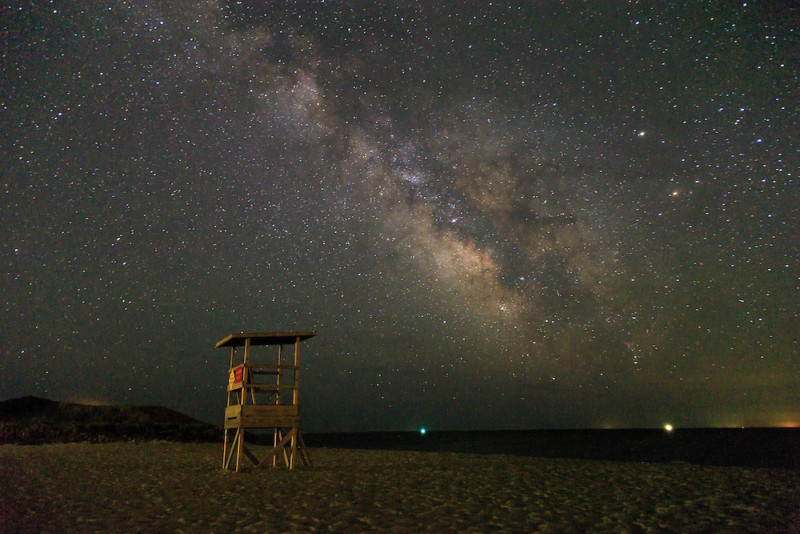![]()
When it comes to taking photos of stars, the best camera/lens combos are the ones that capture the most light.
Some photographers like to use the Earth’s rotation to create star trails, but many other photographers like their stars to appears as points of light. For enthusiasts who haven’t invested in tracking hardware (systems that counteract the rotation of the Earth) or want to keep terrestrial elements sharp, the “500 Rule” provides basic guidance about the exposure duration. The wider the lens, the longer the usable exposure.

Since the exposure time is fixed, the lens aperture and sensor size are the only means of increasing light hitting the sensor (don’t get me started on the myth that ISO increases sensor sensitivity, nor the one about pixel size). Faster wide-angle lenses mounted onto cameras with big sensors are the ideal pairing for photographing something like the Milky Way.
That’s why the new Sigma 14mm f/1.8 DG HSM Art is a dream lens. It will be the fastest 14mm on the market; although Rokinon’s 16mm and 10mm get close with a max aperture of f/2.0, they are designed for APS-C sensors. And if all their special low dispersion glass can control the comatic aberration when the lens is wide open, these babies will sell like hotcakes.
Just take my money already.
About the author: Allen Murabayashi is the Chairman and co-founder of PhotoShelter, which regularly publishes resources for photographers. Allen is a graduate of Yale University, and flosses daily. This article was also published here.





